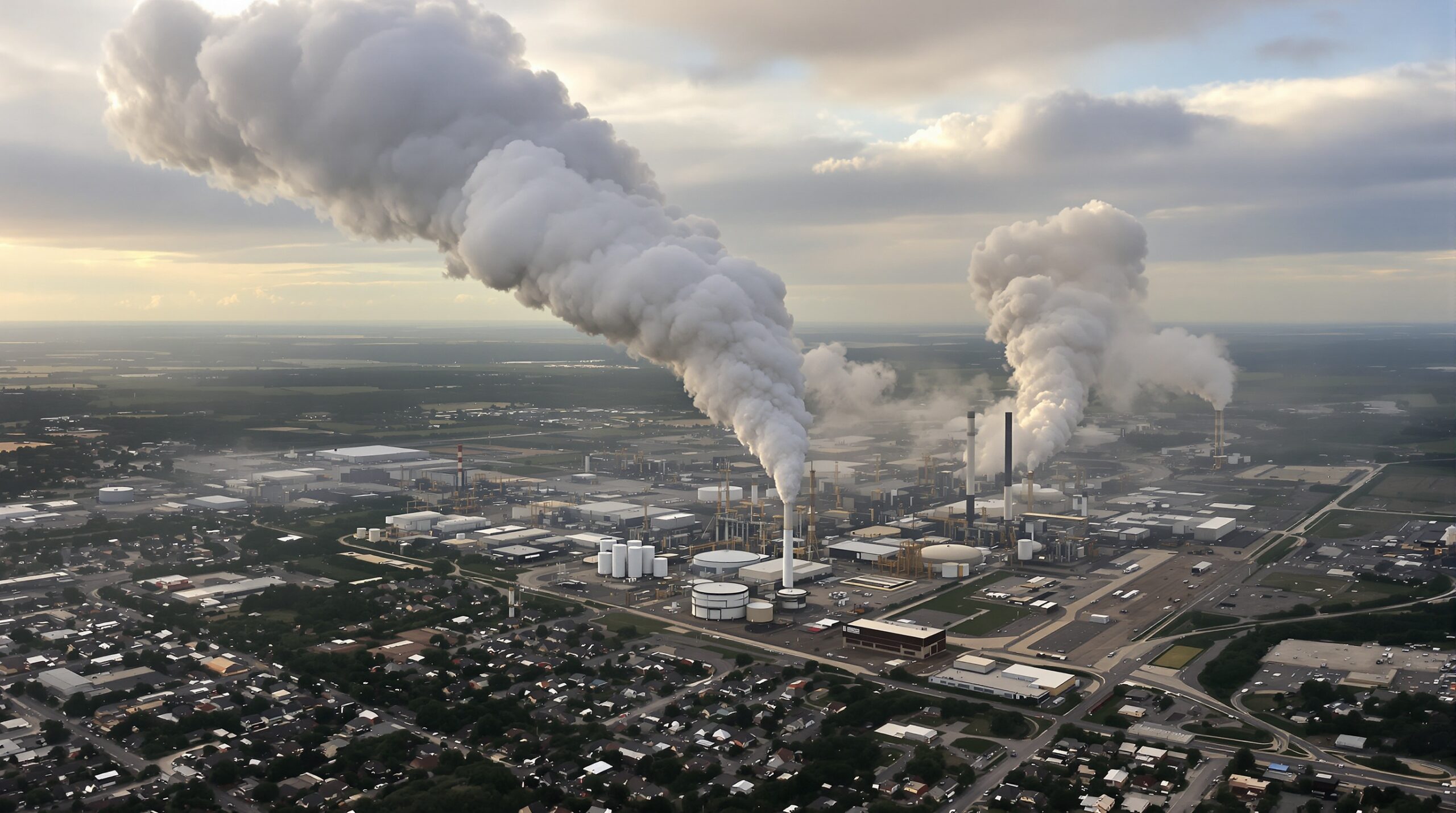Advanced satellite technology now exposes methane emissions at unprecedented scales. This innovation has transformed how governments and industry tackle climate change. Large methane leaks, also known as “super-emitters,” have been identified across multiple continents, prompting urgent regulatory action. With climate goals in focus, leaders increasingly rely on satellite data to guide enforcement and strengthen methane reduction policies.
Understanding Methane’s Impact on Climate Change
Methane is a potent greenhouse gas, trapping heat far more effectively than carbon dioxide over short timeframes. Its global warming potential is over 80 times greater than CO2 during the first 20 years after release. Industrial activities, agriculture, and waste management account for most human-driven methane emissions. Unchecked, these emissions accelerate global warming and hinder international climate commitments.
While methane dissipates faster than CO2, its short-term heat-trapping power makes immediate reductions a top priority. Cutting methane could slow climate change, reduce air pollution, and improve public health within decades. Governments and industry stakeholders increasingly recognize the importance of accurate emissions tracking in meeting these vital goals.
Satellite Technology: A New Era in Emissions Detection
Traditional methane monitoring relied on ground sensors and voluntary reporting, often limiting detection to known sites or infrequent sampling. Satellite technology now allows for continuous, comprehensive observation on a global scale. Equipped with advanced spectrometers, high-resolution satellites map atmospheric methane with astonishing precision. This breakthrough enables researchers to spot invisible leaks and identify unknown sources remotely.
Several organizations, including NASA and the European Space Agency, launched satellites dedicated to tracking methane. The Tropospheric Monitoring Instrument (TROPOMI), on the Sentinel-5P satellite, quickly drew international attention. Its daily global scans reveal emissions plumes as small as a few kilometers wide, revolutionizing scientific understanding of methane hot spots around the world.
Commercial ventures have also joined the effort. Companies like GHGSat deploy commercial satellites that pinpoint methane releases at specific facilities. These satellites provide actionable data to industries and regulators, supporting both voluntary mitigation and mandatory compliance.
Discovery of Methane Super-Emitters
As data accumulated, analysts discovered a startling trend. A small number of “super-emitter” sites, mainly in the energy sector, release vast amounts of methane. Oil and gas operations, coal mines, and landfill sites emerged as primary culprits. Some plumes seen from space represented thousands of tons of methane each year from one leak.
Research published in 2022 highlighted the extent of super-emitter events. Scientists identified over 1,000 major methane plumes around the globe in just one year. Many of these leaks went unreported for months or years due to lack of monitoring. The revelations raised concerns about undercounted emissions and the need for stronger oversight.
Furthermore, persistent satellite surveillance showed that accidental releases, malfunctions, and equipment venting contribute significantly to the methane problem. These findings underscore the importance of both rapid detection and preventative maintenance at industrial sites.
Governmental and International Regulatory Crackdown
Prompted by new evidence, governments have begun to work toward stricter methane controls. Authorities in the United States, the European Union, and beyond now use satellite data to focus enforcement. Environmental agencies demand that companies fix leaks quickly and implement reliable emissions monitoring systems.
For example, the U.S. Environmental Protection Agency recently expanded its methane regulations for oil and gas companies. These rules now include regular leak inspections, upgraded equipment standards, and mandatory reporting. Infractions detected through satellite observations can result in fines or operational shutdowns if not addressed.
Likewise, the European Union adopted the Methane Strategy, targeting major sources and requiring strict emissions reporting. New legislation sets forth fines for unaddressed leaks, and sectors like energy and waste must reduce emissions by fixed deadlines. Multinational cooperation is fostering new data-sharing programs, ensuring transparency and accountability worldwide.
Industry Response and Mitigation Efforts
Many energy and waste management firms now invest in continuous methane monitoring to comply with growing regulations. Partnerships with satellite providers offer real-time alerts for leaks, enabling faster repairs. Some companies go beyond compliance, setting aggressive reduction targets and highlighting environmental leadership.
Technological advancements are helping the industry meet these demands. Automated valves, infrared cameras, and drones supplement satellite surveillance for a multi-layered detection system. Repairs are prioritized for the largest leaks, addressing the super-emitter phenomenon at its source.
As a result, voluntary programs and international initiatives gain traction. Groups like the Oil and Gas Methane Partnership promote best practices for emission reduction. Certification schemes now reward operators who meet strict methane performance standards, influencing global markets and investor choices.
Challenges and Future Prospects
Despite progress, challenges remain in detecting smaller leaks and enforcing compliance across borders. Satellite resolution improves each year, but limitations persist in densely packed industrial areas or regions with frequent cloud cover. Coordination and data-sharing between nations can also lag behind the rapidly evolving technical capabilities.
Nonetheless, momentum is growing for global methane management. The United Nations launched the International Methane Emissions Observatory, using satellite data to drive cross-border cooperation. Ambitious pledges made at climate summits, such as the Global Methane Pledge, seek a 30% reduction in global methane by 2030.
Continuous improvements in satellite imaging, analytics, and open data platforms will likely accelerate detection and enforcement. As regulations tighten, those lagging behind risk financial and reputational penalties. Momentum now favors those investing in detection and rapid response strategies.
Conclusion
Satellite data transformed methane monitoring and exposed the outsized impact of super-emitters. Regulators respond with stronger rules and innovative enforcement. Industry adapts through technology and transparency, helping shape a cleaner, more climate-resilient future. This evolving collaboration will likely drive down methane emissions, benefiting both the environment and society.

